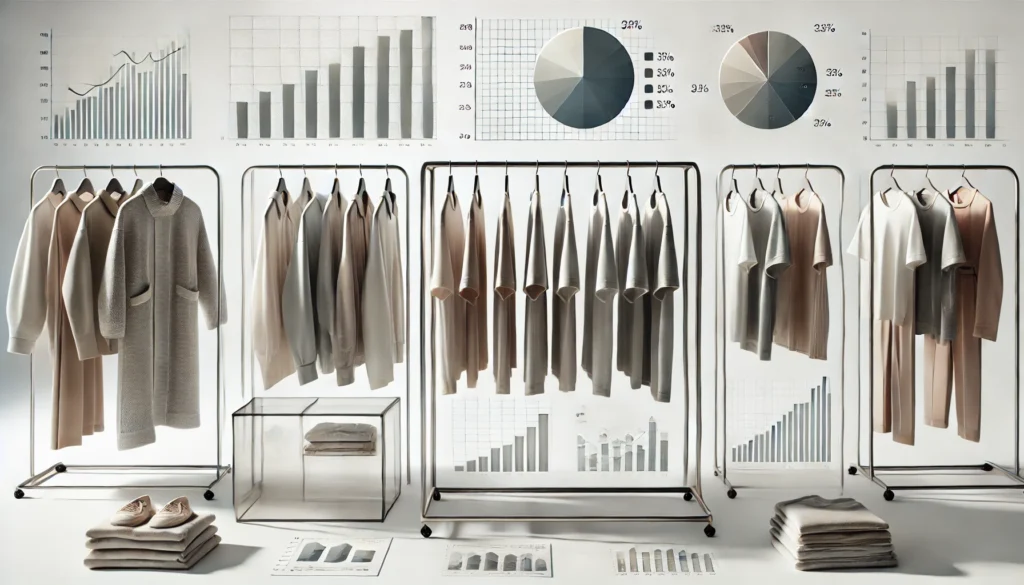In a climate where tight margins and swift trend cycles can make or break a season, every early-stage decision has a ripple effect on your bottom line. Relying solely on intuition during the initial concept phase can be risky—one or two poor bets can erode a season’s profitability. The solution? Leverage historical sales data with real-time line plan data to focus on styles with proven potential, ensuring your sampling resources go where they’re most likely to pay off.
1. Aligning on Proven Winners
Past Success as a Predictor
By reviewing last season’s top-margin categories, robust sell-through rates, and style performance, you zero in on items with a proven track record. This approach not only streamlines your sampling budget—channeling it into products with high potential—but also fortifies your margins early in the development cycle.
Refining Early Concepts
Dig deeper into the “why” behind past bestsellers, whether it’s a specific fit, fabric, or color palette. Armed with these insights, your design team can replicate success factors while still introducing fresh elements that keep your assortment on-trend.
2. Real-Time Visibility for Fast Adjustments
Responding to In-Season Trends
Historical data is vital, but continuously updating those insights with your current season’s performance confirms which silhouettes remain hot—and which might be losing steam. Merchandising can then pivot quickly, preventing wasted prototypes and freeing budget for more promising opportunities.
Avoiding Multiple Prototypes
When merchants, designers, and product development teams see real-time data in a shared workspace, they gain the confidence to prune or iterate styles before committing to physical samples. This proactive strategy cuts down on unnecessary prototypes, reducing both cost and production timelines.
3. Centralizing Collaboration Around Key Insights
One Source of Truth
Consolidating sales metrics, line plans, and margin targets in a single platform means every department references the same data. This eliminates conflicting assumptions and fosters unified decision-making on design viability, cost constraints, and overall market potential.
Improved Efficiency & Accountability
From design to production, everyone understands why specific decisions are made—resulting in fewer disagreements and compressed timelines. This accelerates product launches and helps you capitalize on trend windows while they’re still lucrative.
Accelerate Profitability: Your Next Steps for Smarter Merchandising
In a rapidly changing market, proactive, data-informed action is your greatest ally. By aligning your team around unified metrics from day one, you can:
- Pinpoint high-potential styles and protect your margin goals.
- Reduce wasteful sampling, freeing resources for strategic launches.
- Capture trend windows at their peak, improving sell-through rates.
Ready to see how you can save on sampling costs or shave weeks off development timelines? Get in touch with VibeIQ and discover how our assortment lifecycle platform streamlines data, unites cross-functional teams, and helps you invest in winning products—without the guesswork.



